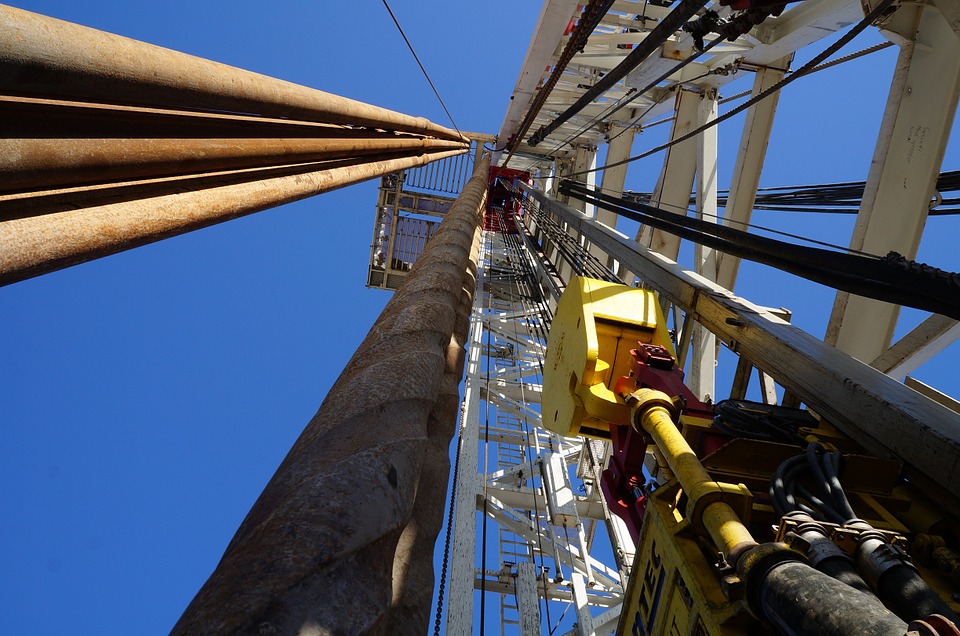An ever-growing catalog of water treatment and reuse technologies, intended to solve Hydraulic Fracturing Problem Number One, has prompted out-of-the box thinkers to ask themselves a tantalizing question: Do we have to use water in the first place?
Maybe not. First, a historical note: early oil well fracturing, using nitroglycerine “torpedoes” certainly doesn’t suggest visionaries at work. In fact, tales of the “torpedo men” of the day can be seen more easily as TV drama than as the march of technology.
But, march technology does, and this method has a modern-day successor: high-energy gas fracturing, a generic name for the technology of stimulating wells with propellant gas generators. Other names include tailored gas pulse loading, tailored gas pulse fracturing, and controlled pulse fracturing.
Propellant-type well stimulation devices have banged around the outskirts of the industry for many years. According to some proponents, when high explosives such as nitroglycerine detonate, they create a shockwave and high pressures that last only a few microseconds. Slower reaction time is believed to be crucial to success, and certain research demonstrates that high explosives enlarge the wellbore by crushing and compacting rock, resulting in a zone of residual compressive stress. Some experts argue that this zone, or “stress cage,” can reduce permeability in the near-wellbore region.
Subsonic deflagration. The propellants that have been used successfully in this application do not detonate supersonically; they “deflagrate” at subsonic velocities. Deflagration, as you know, is a rapid burning process that takes place without an outside source of oxygen. Propellants have energy densities approximating those of high explosives and are thus more common than any prime energy source other than nuclear. Propellant-type devices produce a high-pressure event lasting up to a few hundred milliseconds, as opposed to a few microseconds for high explosive well shots. Some proponents say this longer event time is the secret to producing multiple fractures and avoiding stress cage damage.
Although there are others, let’s take a look at what one company is doing to advance this technology. The vividly named RocketFrac Services claims its technology enables economically efficient and environmentally friendly oil and gas recovery, without water or proppant.
The technology employs a state-of-the-art propellant-based fracturing process that uses a proprietary solid rocket fuel to generate high-pressure gases for fracturing rock formations. The tool uses custom propellant formulations to achieve the optimum pressure-time history for every formation and well. These propellant formulations are developed in partnership with a partner experienced in solid rockets for space flight and munitions.
Mechanics of hydraulic vs. propellant fracturing. Although hydraulic and propellant fracturing are both based on the application of high pressures to the formation, research, as noted above, has shown that the time scales involved lead to a difference in the mechanics of fracture propagation. Here’s how the company contrasts the two methods:
Propellent fracturing:
• Solid propellant is ignited to generate a specific volume of gas. This controlled burn rapidly creates the high pressure required to create new fractures in the rock.
• Fractures are propagated by stress waves, which rebound from rock boundaries and isolate fractures to zone of interest.
• The high pressure rise rate creates an oval fracture zone of 4-8 radial fractures.
• Local disaggregation removes the need for proppant.
• Propellant fracturing generates 140,000 kPa (20,000 psi) in 10-1,000 milliseconds.
Hydraulic fracturing:
• Hydraulic fracturing introduces fractures along existing zones of weakness in the rock formation by pumping water into the wellbore under high pressure.
• Existing fractures are “lifted” open by water pressure. Permeability is more isolated and difficult to direct, as water will follow the path of least resistance. Fracture pathways are usually linear and expand in two radially opposing directions.
• It requires a proppant to hold fractures open.
• Hydraulic fracturing generates 35,000 kPa (5,000 psi) in 1-10 hr. In the company’s view, solid propellant is well understood and infinitely tailorable, unlike the physical limits on the pumping rate of water that restrict the capability of hydraulic fracturing. Propellant fracturing is also claimed to be the only well fracturing process that can be designed to anticipate the existing stress field and produce the desired fracture pattern. It can be easily modified or fabricated for different lithologies or pressure regimes. Additionally, a variable burn rate can be designed to create multiple stress waves, for more efficient fracturing.
But, kinks remain. As the company notes, current propellant fracturing methods have only made use of the high-pressure rise rates, but have not been able to take advantage of the other capabilities of solid propellant, due to an inability to confine the pressures to the target zone longer than a few milliseconds.
No doubt these limitations will be overcome. It’s too bad the action happens downhole; the image of a tool looking like a miniature Saturn V perched on a wellhead, with a countdown clock nearby, would be irresistible to most marketing departments.
• DON@TECHNICOMM.COM / For more than 30 years. Don Francis has observed the global oil and gas industry as a writer. editor and consultant to companies marketing upstream technologies.
World Oil• I JUNE 2017

